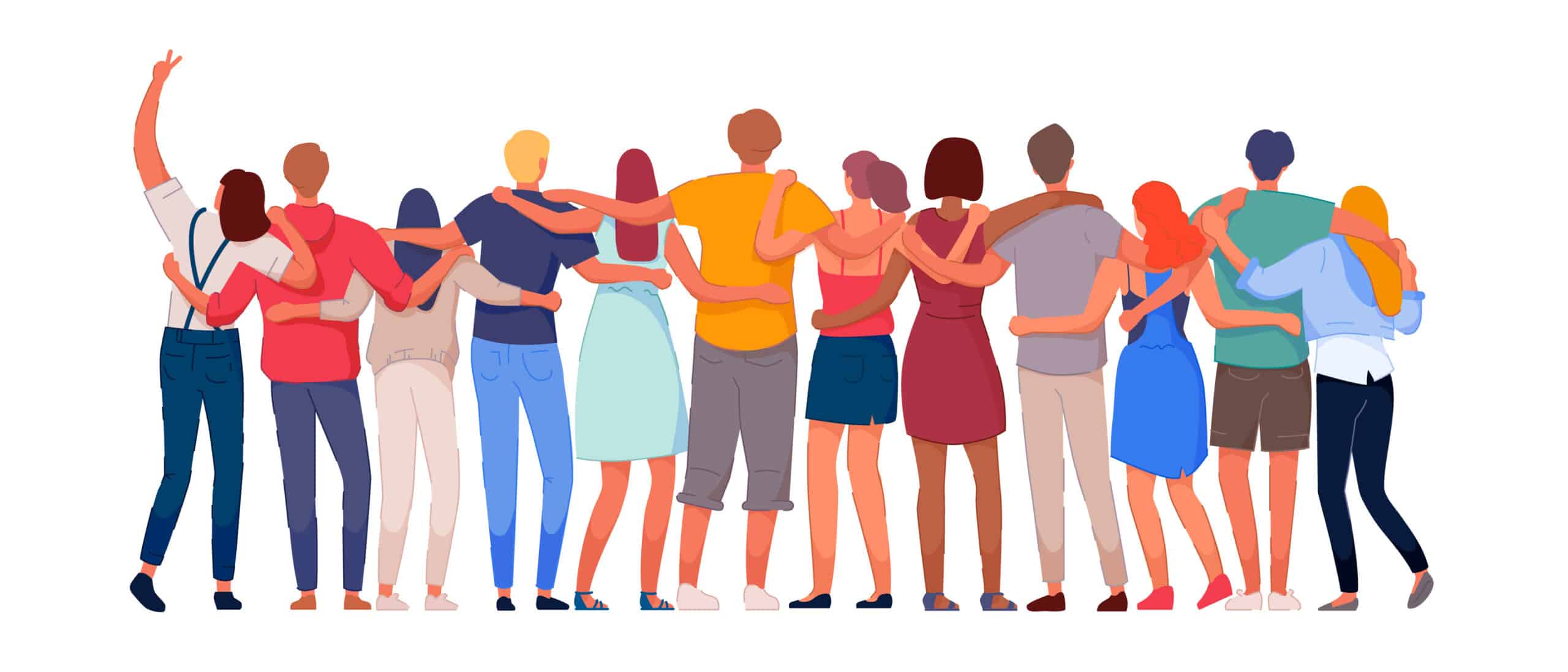Mike Pelfini — 03 October 2024
Cohesiveness is the secret ingredient that makes teams perform at their best. Leaders can take simple steps to help their teams become more cohesive to jumpstart performance and innovation.
Teamwork is the cornerstone of every organization. Great teams inspire their members and drive organizational success. But while some teams thrive, others find themselves foundering, missing goals and losing morale.
The difference is cohesiveness. Working groups that enjoy cohesiveness regularly outperform those that are less closely knit, according to the American Psychological Association. The authors state, “The empirical evidence [gathered over 25 years] consistently indicates that cohesive groups are more satisfying, productive, and engaging for their members.” Other studies agree that there is a positive correlation between cohesiveness and team performance.
This article discusses what makes teams cohesive and how cohesiveness can be developed to improve organizational results.
How cohesiveness benefits teams
Let’s take a closer look at how cohesiveness benefits teams. We’ve already seen that cohesive teams enjoy better performance, but what makes that outcome possible? Here are some of the contributing factors:
Higher levels of trust. Members of a cohesive team treat each other with greater respect, fostering trust. Greater trust lets team members focus on the group, rather than individual achievements.
Open communication. Cohesive teams are more willing to share ideas and opinions openly. When communication flows freely, sources of friction can be addressed, conflicts resolved, and collaboration improved.
More innovation. Finally, cohesive groups are better able to tap into creativity and think outside of the box. When team members feel free to express themselves, creative ideas can be shared without fear of judgment or ridicule.
Improving cohesiveness in teams and organizations
Every team is different, and they become cohesive for different reasons. Some teams are cohesive because the members like each other as individuals. Others thrive on team spirit and working as a group. Still others avoid personal connections but achieve cohesiveness through a shared commitment to the group’s goals.
There’s no “one size fits all” strategy to build team cohesiveness. But a few bedrock principles can foster greater collaboration, productivity, and innovation. Here are examples:
Leading with emotional intelligence: Emotional intelligence (or E.Q.) is a cornerstone of team cohesiveness. And according to the World Economic Forum’s Future of Jobs Report 2020, E.Q. will be one of the top job skills needed for future growth.
Leaders develop E.Q. by learning to recognize and regulate their own emotions, recognizing the emotions of others, and managing relationships through mentoring and coaching. Leaders with high levels of E.Q. perform better in stressful situations, resolve conflicts more effectively, and show greater empathy for team members, according to the Harvard Business School.
Creating a sense of belonging: Creating a sense of belonging is the next step toward cohesiveness. Leaders can start by defining a vision with shared goals, a common purpose, and a positive impact. The goals, purpose, and impact will be unique to each team, the important thing to make them compelling and larger than any individual.
Creating a sense of belonging also requires leaders to ensure that the working environment is fair and inclusive. Each team member should feel that they are valued, that their contributions make a difference, and that they are treated fairly. Leaders need to avoid creating favored “in-groups” or disfavored “out-groups.”
Developing psychological safety: Another ingredient for team cohesiveness is psychological safety. Without it, teams will be reluctant to speak up, take risks, or admit mistakes. Each of these qualities – admitting mistakes in particular – are needed for teams to thrive and innovate. A large Google study found psychological safety to be the single biggest factor in creating high performing teams.
Leaders can foster psychological safety by setting clear goals and expectations, encouraging open communication, and most importantly by admitting their own mistakes. When team members see their leaders admitting mistakes and working toward solutions, they will be much more likely to follow suit.
Cohesiveness is what turns an ordinary team into an outstanding one. Leaders can improve cohesiveness by developing emotional intelligence, fostering a sense of belonging, and creating psychological safety. These simple steps have the potential to jumpstart collaboration, productivity, and innovation.
Copyright ©️ 2024 by Mike Pelfini. All rights reserved.
ForeMeta offers breakthrough leadership coaching to develop CEO self-leadership and leading teams and organizations. We offer both individualized coaching or group coaching to help leaders and their people achieve greater success. To get in touch with us, click here.


